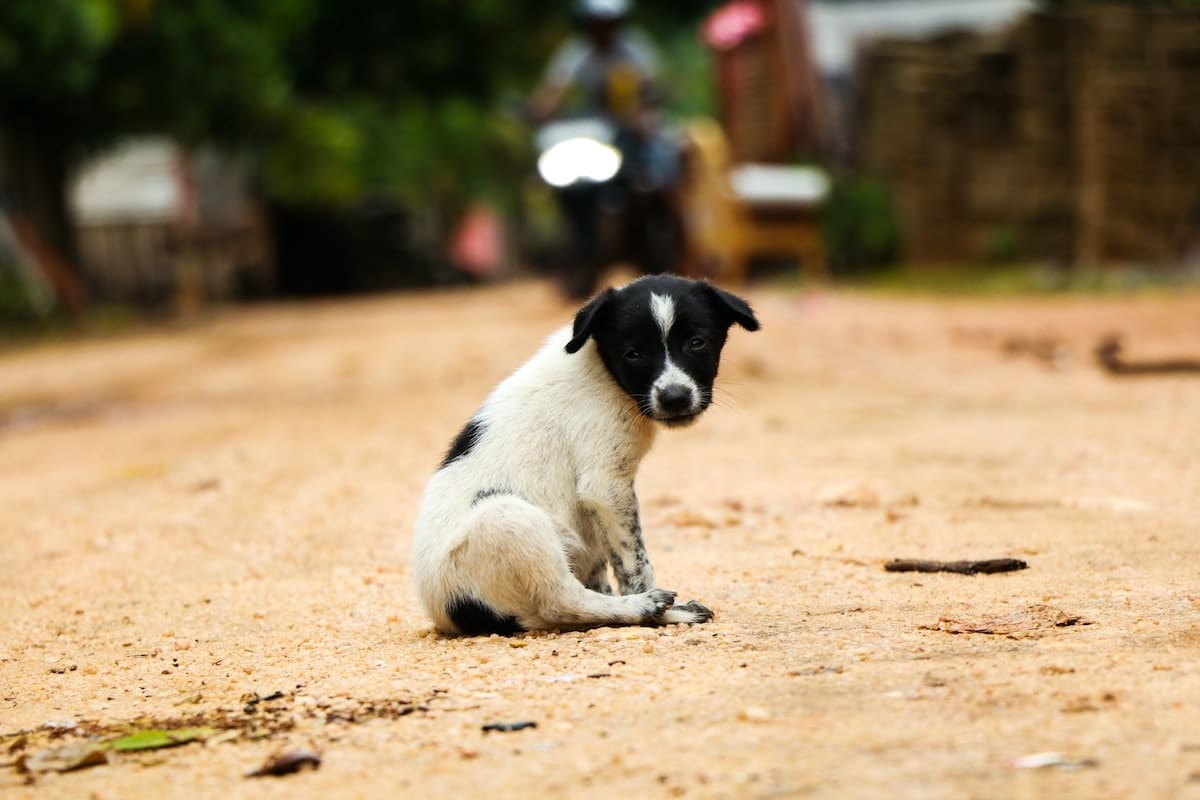Table of Contents
Having a dog acl is probably the last thing you want to hear. But, you see, when it comes to dogs and their health, you’re just as attached to them as your family.
So naturally, you’d prefer that things go well, but just in case, we’ll give you some tips on how to care for your dog with an ACL injury.
Recognizing Symptoms of an ACL Injury
Anterior cruciate ligament (ACL) injuries are common among dogs, especially in larger breeds.
The ACL is one of the four major ligaments in the knee, and it connects the femur (thigh bone) to the tibia (shin bone). It helps stabilise your dog’s knee and keeps it from moving too much.
If your dog suffers an injury to this ligament, he’ll experience pain and swelling in his leg, and he may also have trouble walking or jumping on his injured leg.
Some signs include limping after exercise or play, swelling or pain around the knee joint, and lameness that worsens when walking up or down stairs, hills, or ramps.
Confirming an ACL Injury
Get a diagnosis from your veterinarian as soon as possible.
Your vet will examine your dog’s knee joint, looking for signs of swelling, tenderness, and restricted movement in the joint.
Your vet will likely want X-rays of the affected leg and an MRI scan. These tests can help confirm whether your dog has torn his ACL or another joint injury.
They’ll also determine how much damage has been done — meaning how difficult it will be for your dog to recover from this type of injury and how long it might take before he’s back on all fours again.
Your vet will prescribe a treatment plan that may include surgery and follow-up appointments.
Caring for Your Dog’s ACL Injury
Some simple first aid measures can help you care for your dog as he recovers from surgery.
Even if you’re not dealing with a torn ACL, these measures can help keep your dog’s joints healthy and lose long-term. There’s no better friend than an informed one. Check these out:
Rest your dog.
Injured dogs should not be allowed to play or run around too much. As tempting as it may be to let your pup go crazy on the couch while your pet is injured, it’s best to keep them still until they fully recover.
Gently massage your dog’s leg.
Massaging your dog’s injured leg can help speed healing and reduce inflammation. Use gauze pads dipped in ice water and gently rub against the injured area for 10 minutes.
Feed smaller meals.
Feeding smaller meals throughout the day instead of one large meal will help prevent vomiting and diarrhoea if your dog develops gastrointestinal issues from his injury.
Keep an eye on his temperature.
An elevated temperature could indicate infection, significantly if it worsens after several days or doesn’t respond well to antibiotics. Contact your vet if you notice this happening in your dog after an ACL tear.
Encourage physical activity.
Exercise is still essential to maintaining good joint health for dogs with ACL injuries. Talk to your vet about what exercises are safe for your dog, and follow the suggested guidelines closely.
Your vet might recommend swimming or light walking rather than running or jumping due to potential strain on the healing knee joint.
Final Thoughts
If your dog injures his ACL, don’t panic. It may be inconvenient, frustrating, and confusing, but it is not the end for your dog or you.
Knowing the symptoms of this type of injury in dogs is the first step to recognizing your dog needs treatment.
Thankfully, it’s relatively straightforward to diagnose and can be treated with surgery and rehabilitation.
Check the list above for some things you can do to speed up the healing process and aid recovery.
Photo by jovin kallis on Unsplash


